Cape Gooseberry
$4.49
Physalis Peruviana
- Seed count 250
- Eat Fresh Or As Preserves
- Perennial
In stock
Description
Cape Gooseberry is a straggling perennial bush related to the tomatillo, that bears golden yellow fruits inside a brown papery envelope. It is very easy to grow and thrives on neglect. The berries are the size of a cherry tomato and are very aromatic. They can be eaten fresh, made into jams or added to salads, desserts and cooked dishes. They are delicious stewed with other fruit, especially apples and they also go well in savoury dishes with meat or seafood. They can also be preserved dried as ‘Inca Berries’ and in the dried form make a sweet addition to muesli or porridge.
The cape gooseberry is related to tomatillo, ground cherry and husk tomato, all in the genus Physalis. The fruit are popular with birds and the plants can be easily spread around the garden. If you have plenty of room then plants grow better with 1.5m of space. Spacing closer works but you may get less fruit. Like tomatoes the cape gooseberry is self pollinating.
You can start your seeds indoors or go straight to your garden bed which would be the preferred method. If planting directly in your garden, choose area that has plenty of light and well draining soil.
If planting in a growing tray for indoor start put 2-3 seeds per container then sprinkle soil on top. Keep the soil moist but not soaked. Keep in area that allows for plenty of sunlight and rotate regularly for even growth.
They produce a papery outer shell when growing. When the outer husk begins to crack, you can begin harvesting.
| Method: Sow direct | Soil Temp: 10°C - 25°C |
| Cool Mountain: Sep - Nov | Position: Full sun |
| Arid: Aug - Sep | Row Spacing: 150 cm apart |
| Temperate: Aug - Sep | Planting Depth: 3mm |
| Sub Tropical: Jul - Mar | Harvest: 100 days |
| Tropical: Mar - Aug | Plant Height: 1 m |
Order Times
Seed orders are normally dispatched within three business days. You will receive an email when seeds are mailed out.
Postage Days
Seeds are mailed out Monday to Friday at 1pm. Except for the Friday of long weekends.
Postage Times
WA 2-3 Days: SA,NT 3-5 Days: NSW, ACT, QLD, VIC: 5-7 Days
Carrier
We use Australia Post Letter Postage for the majority of orders
Not only are our seeds packed in recycled paper envelopes, we keep the theme going when we post out website orders. To protect your seeds from moisture and the letter box munchers (snails), we use a very special plastic free material made from plants. They are then put into recycled mailing envelopes. Green all the way 💚🌿

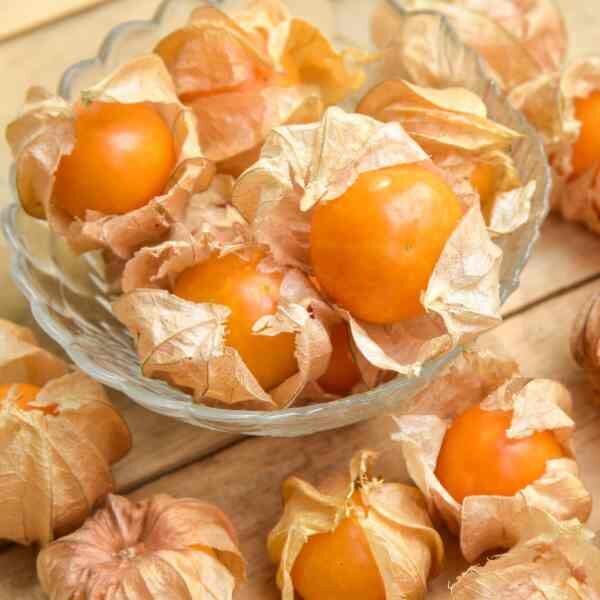




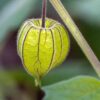
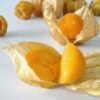
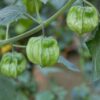


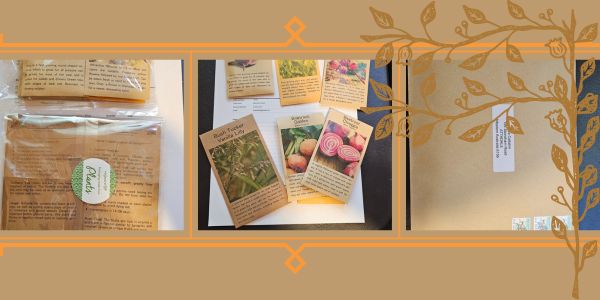
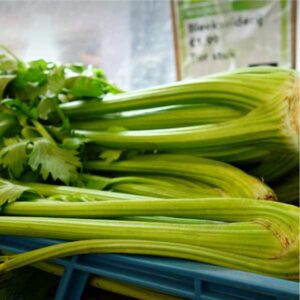
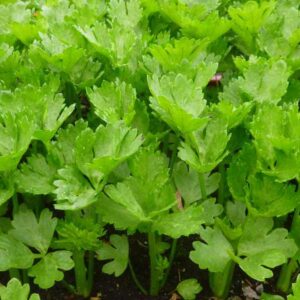
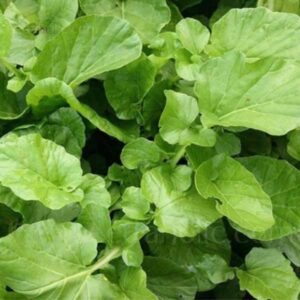


It’s hard to rate when haven’t planted the seeds yet.. looking forward to though.
one of my fav little berries